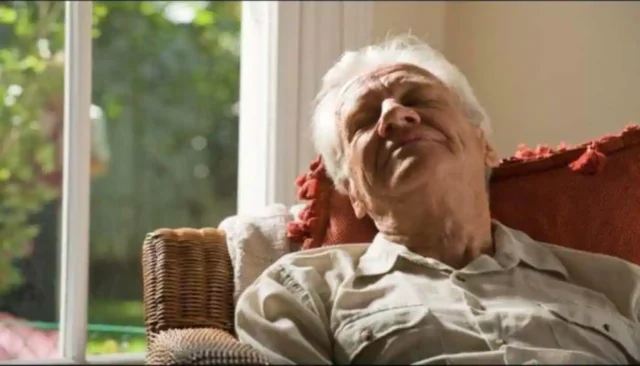Researchers discovered that specific clusters of illnesses were linked to higher death rates, suggesting that practitioners should utilize this knowledge to identify patients who would need more extensive medical treatment.
According to a recent study from the Garvan Institute of Medical Research, certain combinations of underlying health conditions are a substantial risk factor for worse health outcomes in older persons who have already experienced a fracture.
The study’s results were released in the online edition of JAMA Network Open.
More than 300,000 Danish citizens who were 50 years of age or older and had had a fracture were the subject of the study. The researchers discovered a greater death rate in individuals with fractures closer to the center of the body than they had anticipated for the general population of people their age. These fractures included those in the hip, spine, upper arm, and leg. The mortality risk increased again if those with fractures also had several or severe medical problems.
Researchers discovered that specific clusters of illnesses were linked to higher death rates, suggesting that practitioners should utilize this knowledge to identify patients who would need more extensive medical treatment.
Professor Jacqueline Center, Head of the Clinical Studies and Epidemiology lab and the study’s lead author, called the research “a significant study that might truly revolutionize the way we deliver medical therapy to older persons.” “Considering the site of the fracture in light of their particular underlying health issues,” the author writes, “may possibly be a novel way of thinking about how we handle persons with fractures.”
A relatively healthier group with typically only one or no health conditions, a cardiovascular group, a diabetic group, and a cancer group with an additional liver/inflammatory group for men were discovered by the researchers to naturally cluster into five distinct groups for men and four for women at the time of fracture.







